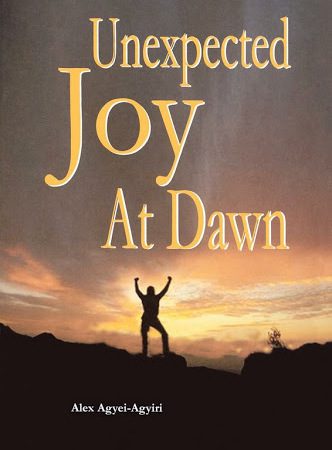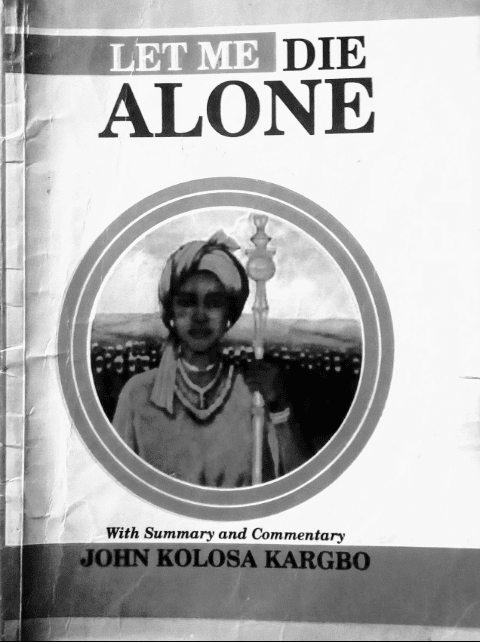The language use in Agostinho Neto’s The Grieved Lands of Africa resonates with the messages the poem conveys. The diction goes along with grief, slavery, colonialism, oppression, optimism in living, etcetera which are the prominent messages in the poem. To this effect, expressions such as “grieved”, “tearful woes”, “putrid offering of incoherence”, “perpetual alliance”, “victorious voice of laments”, “wickedness of iron and fire”, and “stifled laughter” all contribute to the variegated meanings in the text.
In this blog post, I intend to run through the figures of speech used in The Grieved Lands of Africa.
The Grieved Lands of Africa by Agostinho Neto is replete with figures of speech, dominant of which are repetition, alliteration, personification, consonance, and assonance.
Now, let’s see how these figures of speech manifest in the poem.

Repetition
Repetition occurs on both word and phrasal levels in the poem. “The grieved lands of Africa” is repeated five times in the poem; “Of the grieved lands of Africa” is repeated about two times; “They live” is repeated twice; “Alive” is repeated twice, etc.
The repetitive use of words foregrounds the messages derivable from the poem and adds to the artistic quality of the poem.
Alliteration
Alliteration is also used severally in the poem. Here are some instances of alliteration in the poem:
“degrading … dance” “jingling of jailer's keys” “laughter … laments” “decked with dances” “by baobabs over balances” “sweat … seas” “victorious voice”
Personification
There are several instances of personification in the poem. The recurrent phrase, “the grieved lands of Africa”, is a good example of this. The lands of Africa are said to grieve as if they were humans. “iron and fire” are also bestowed the attribute of wickedness in “the wickedness of iron and fire”.
“honest blood”, “victorious voice of laments”, “tearful woes”, “unconscious brilliance” are other examples of personification in the poem.
Consonance
Consonance also registers its presence in the poem. Here are a few examples of consonance in the poem:
“jingling … jailer” “brilliance … sensations” “dances by baobabs over balances”
Assonance
“dream … keys” “shout out the sound” “death … clearness”
 WHATSAPP: Click HERE to join the new Literature PADI WhatsApp group to receive latest updates on your phone and for further literary discussions!
WHATSAPP: Click HERE to join the new Literature PADI WhatsApp group to receive latest updates on your phone and for further literary discussions!










discuss the use of anaphora
in the grieved lands
Comments are closed.